Dutch Invertuals' Advanced Relics exhibition displays intangibles as physical items
Milan 2016: this year's Dutch Invertuals exhibition in Milan featured tactile objects designed as physical representations of emotions, beliefs and even galactic phenomena (+ slideshow).
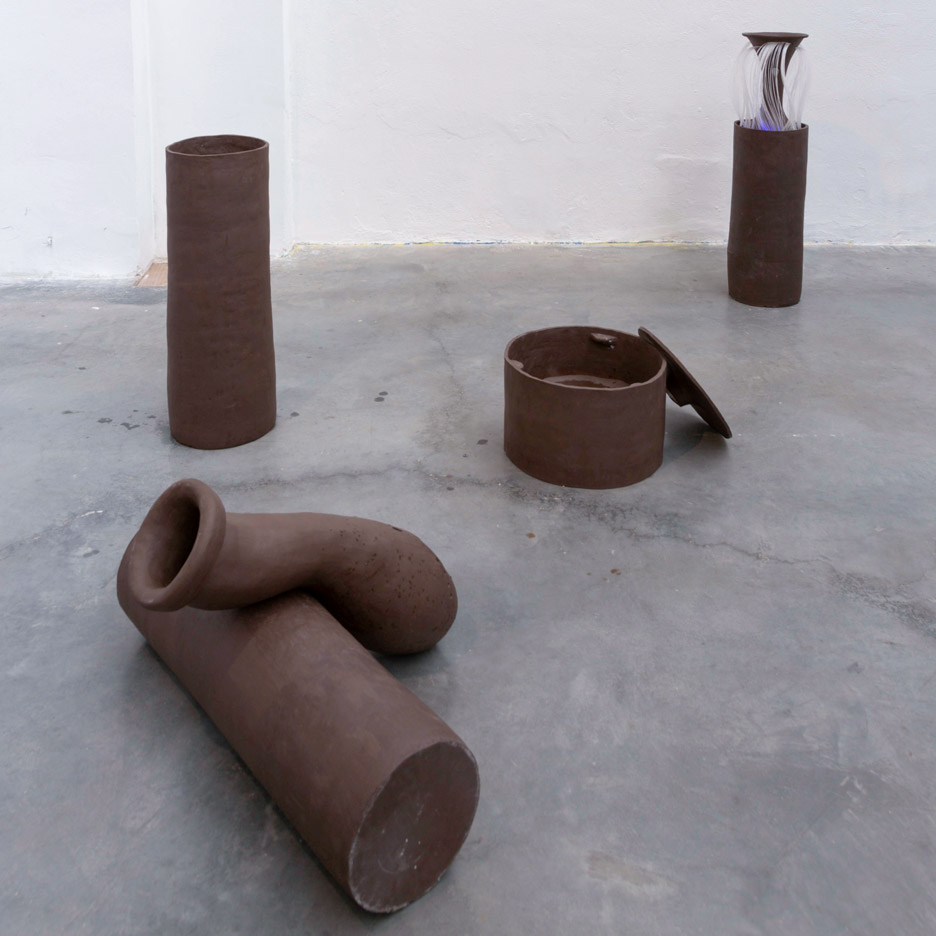
The Advanced Relics exhibition by the Dutch Invertuals collective was curated by Wendy Plomp, and featured a group of nine selected designers who explored topics they felt reflective of today's society.
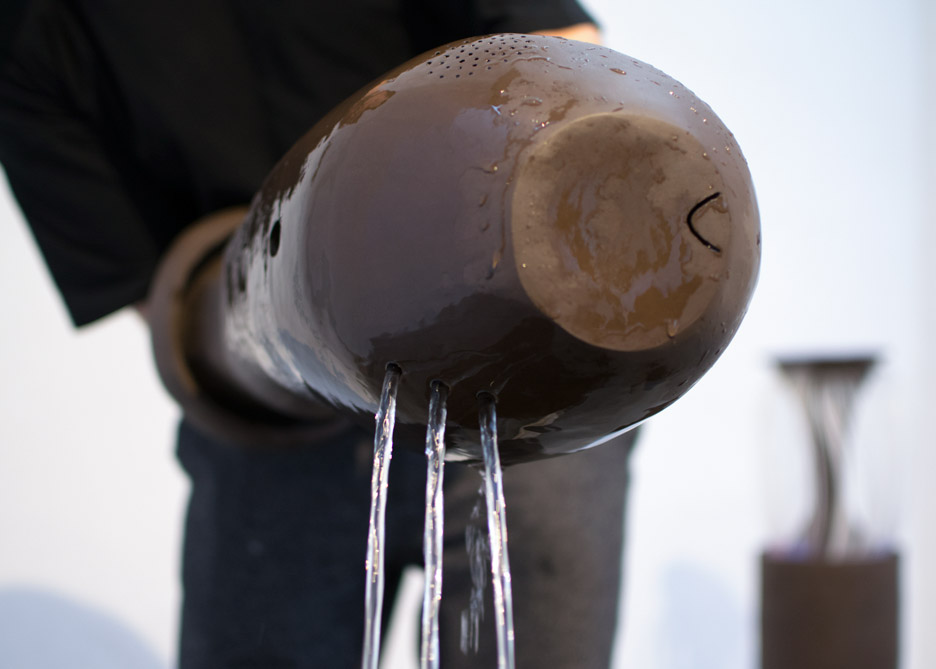
In each of their projects, the designers aimed to manifest an idea, a feeling, or a situation – all things that can't be touched – as a physical item. The objective was to counteract the increasingly digital, and therefore untouchable, world we live in.
"Increasingly we are converting our physical presence into a digital one, like we create our own avatars – digital reflections of our personality," Plomp told Dezeen. "What do we really need? Objects to hold on to, to get comfort by and to reflect our physical identity."
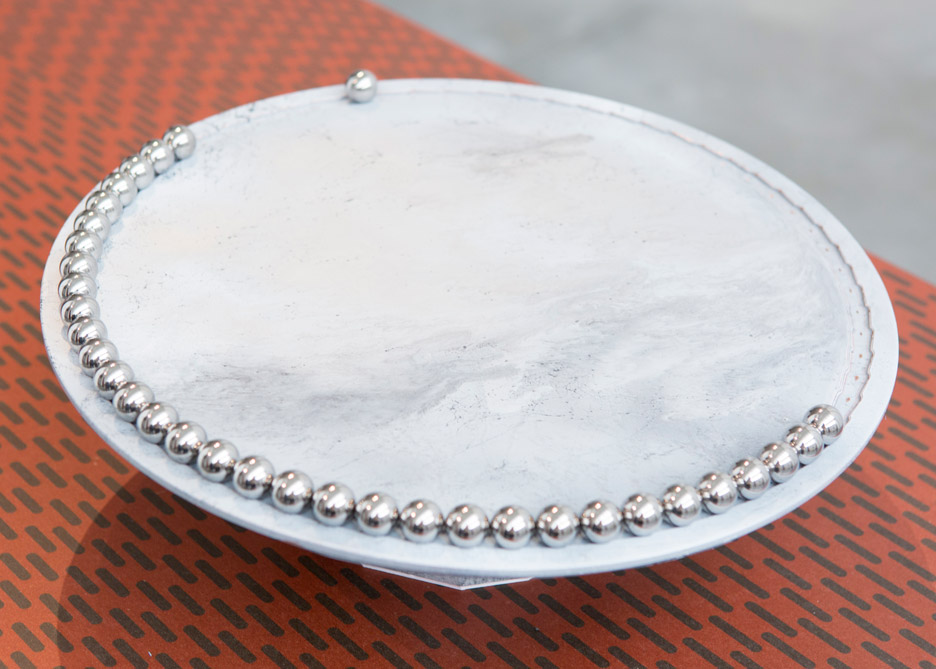
"Within Advanced Relics the dialogue that led up was mainly about how objects change from functional-based, to more objects that have a deeper meaning," she added. "Besides functional objects, there is also place for new rituals, objects to worship and new ways of handling."
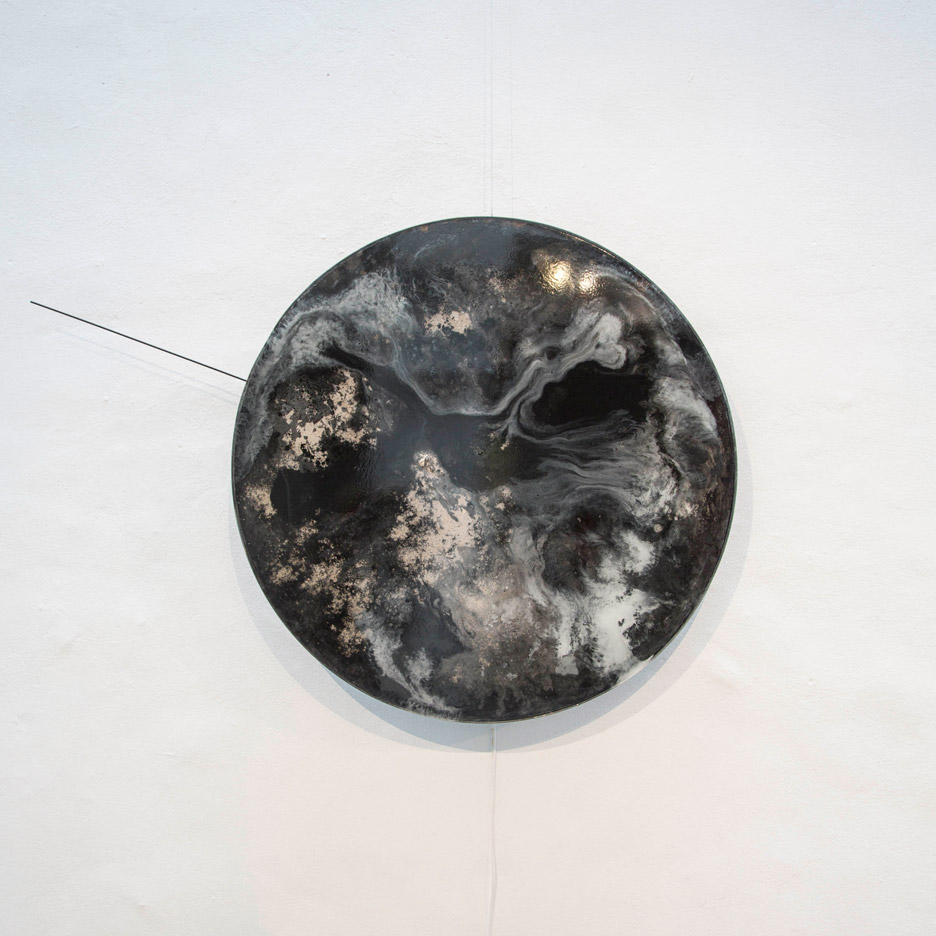
"To become more conscious about the value of things, by the handling and passing time, we wanted to make a statement and present a collection of contemporary relics, showing their precision, skills, symbolism and phenomena," she continued.
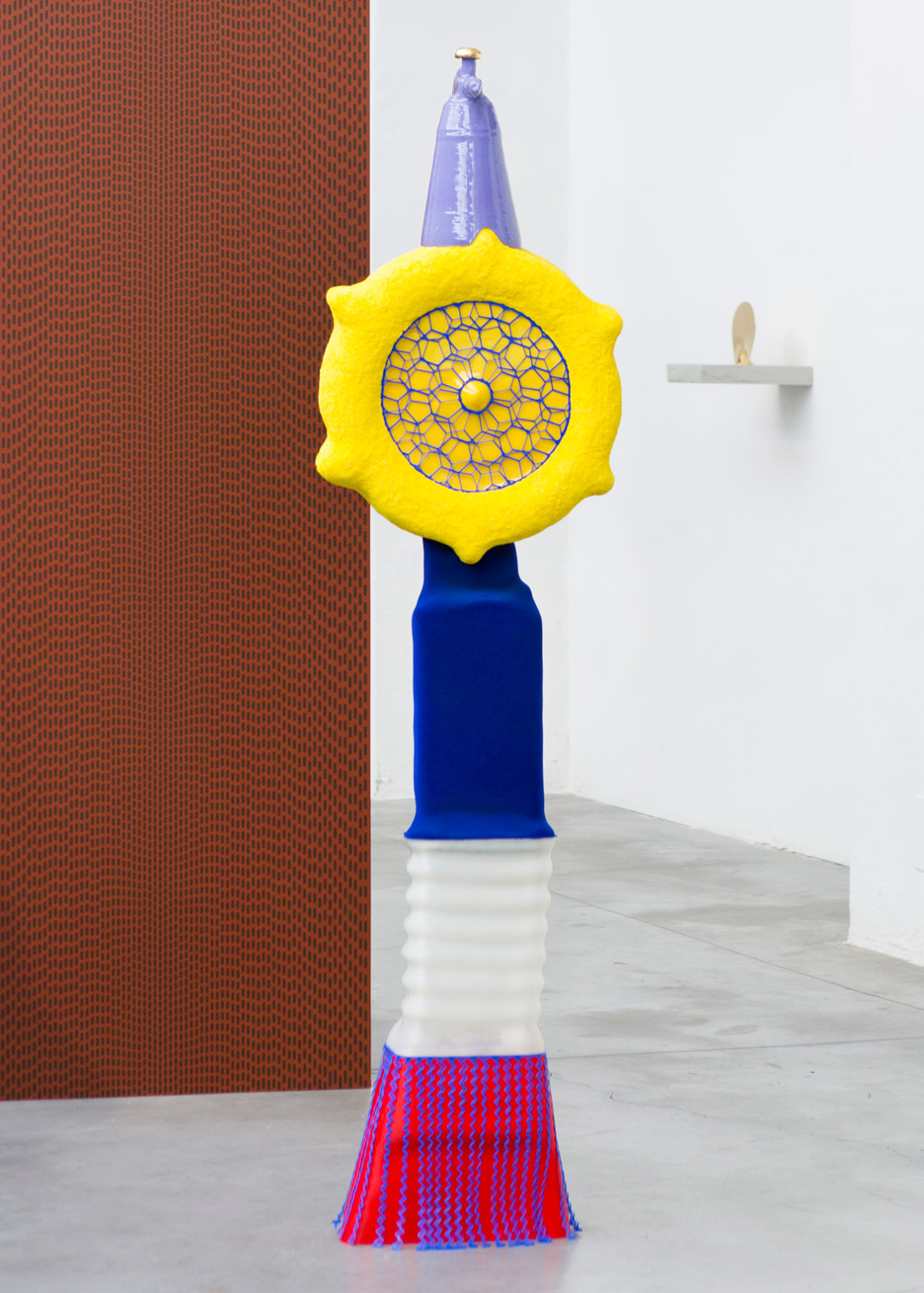
For example, designer Bastiaan De Nennie's colourful totem-like pieces were created as tactile versions of the non-physical things that we believe in.
"In my work I try to create shapes that visualise our imagination and beliefs, to give a physical presence to my dreamscapes through relics," he said.
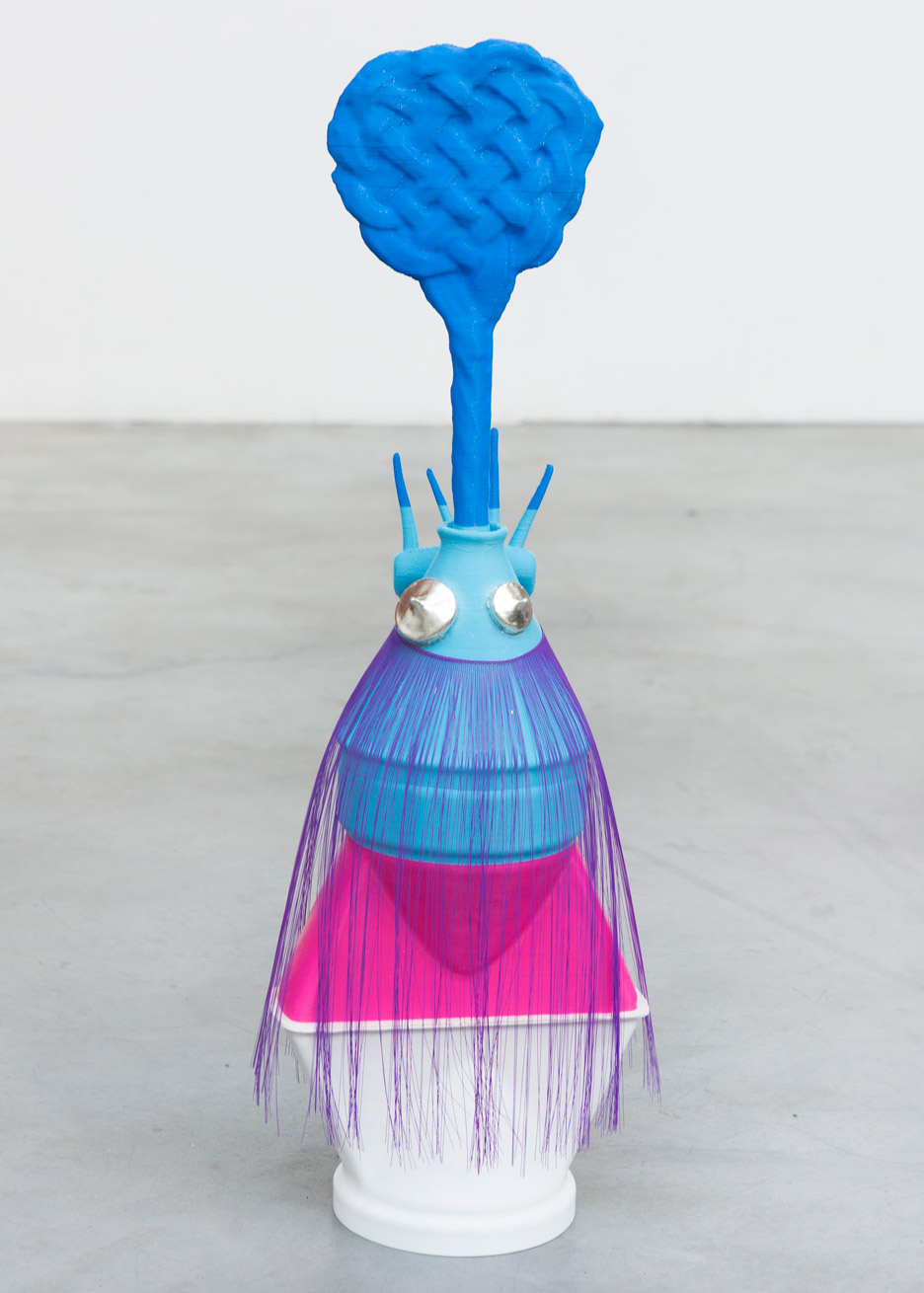
"Believing in something that doesn't exist, in a religious sense, has been replaced by believing in something intangible, the digital," he continued. "Because that intangible world has become so intertwined with our lives, we put our faith in something that doesn't exist without even realising it."
"My work tries to shape this new world and show what it is we actually believe in," he added.
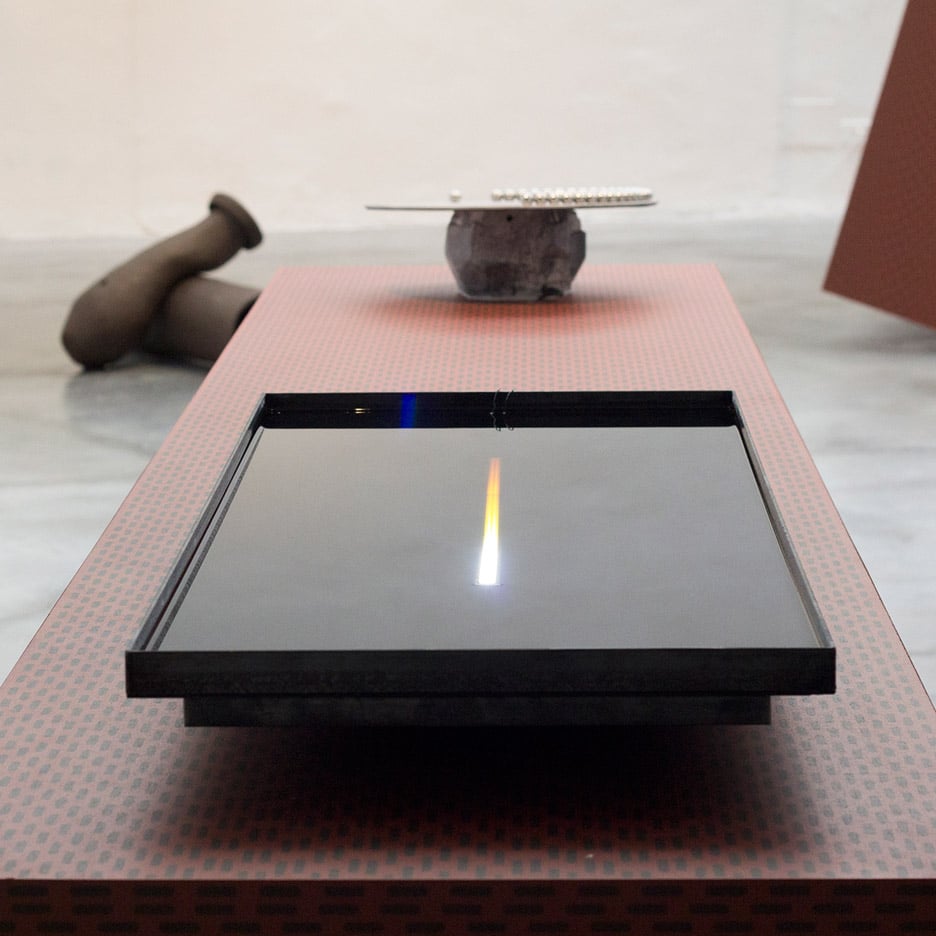
Daniel De Bruin's Fosfeen is based on the sun, and is made up of a strip of orange-coloured LEDs submerged into a shallow tray of liquid.
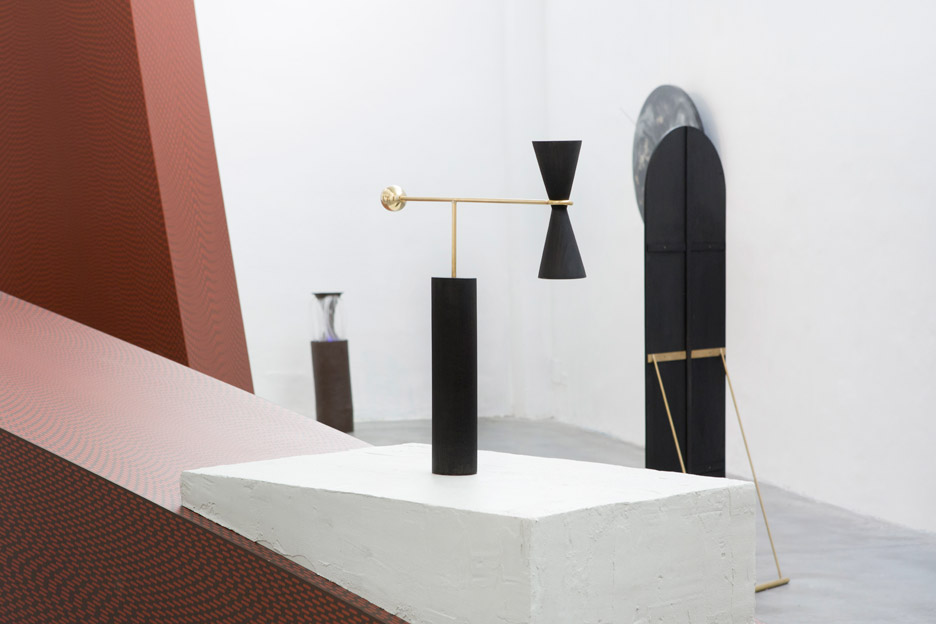
"I have always been fascinated with the sun, the ultimate relic of our time," he said. "My work tries to invoke the delicate balance between its beautiful light and blinding brightness."
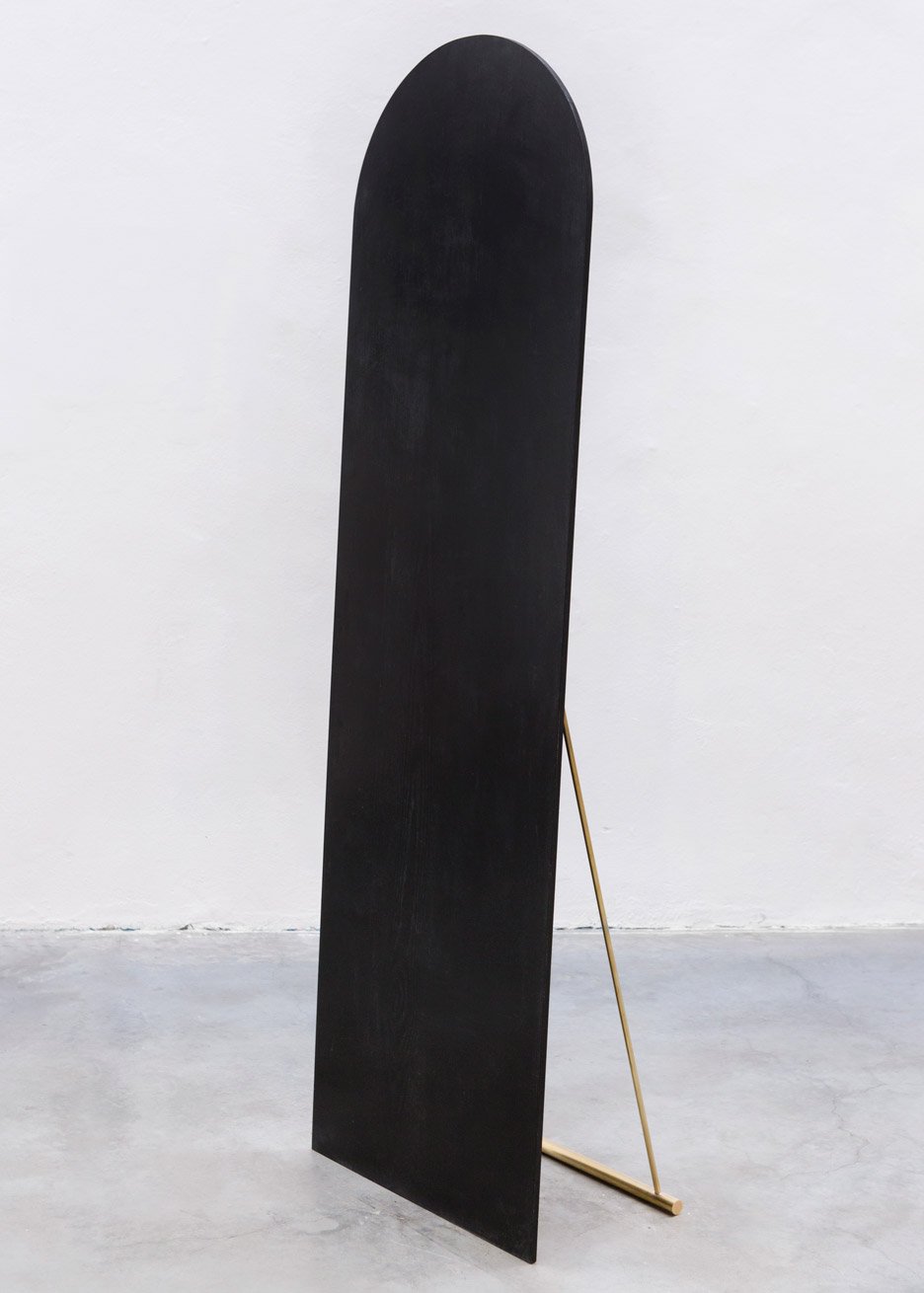
Nel Verbeke explored the "melancholic" nature of relics, and created a series of black-coloured everyday objects including a mirror and a lamp.
"Gazing and considering a relic, a memento reminds us of our vulnerability and vanity, and by doing so reminding us also to live," she said. "In my designs I recreate and design objects that have given the veiling meaning of memento a physical place in our everyday lives."
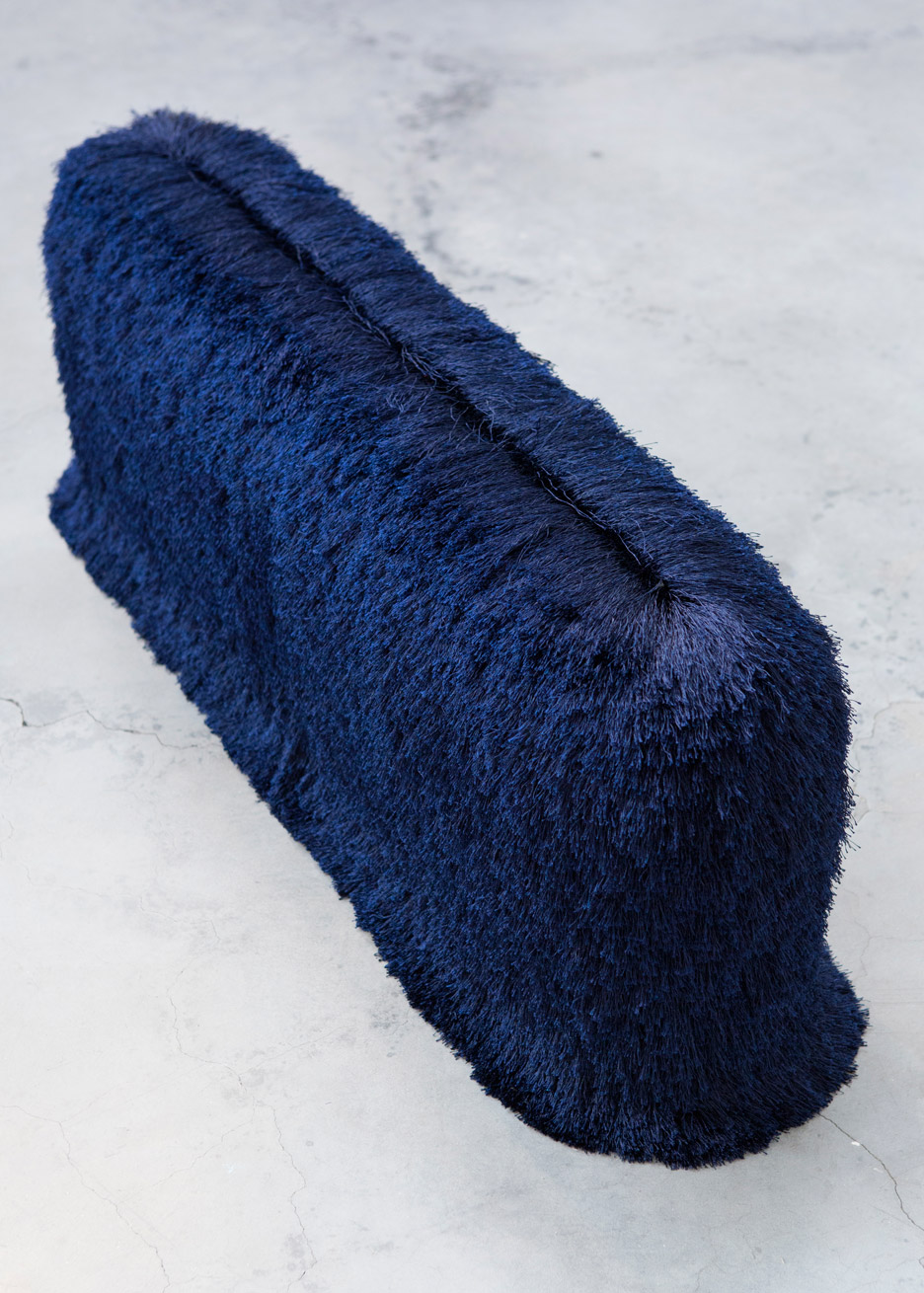
Tijmen Smeulder's Parts, Antenna & Pleat pieces are a selection of objects with exaggerated colours and textiles designed to provide a sensorial experience.
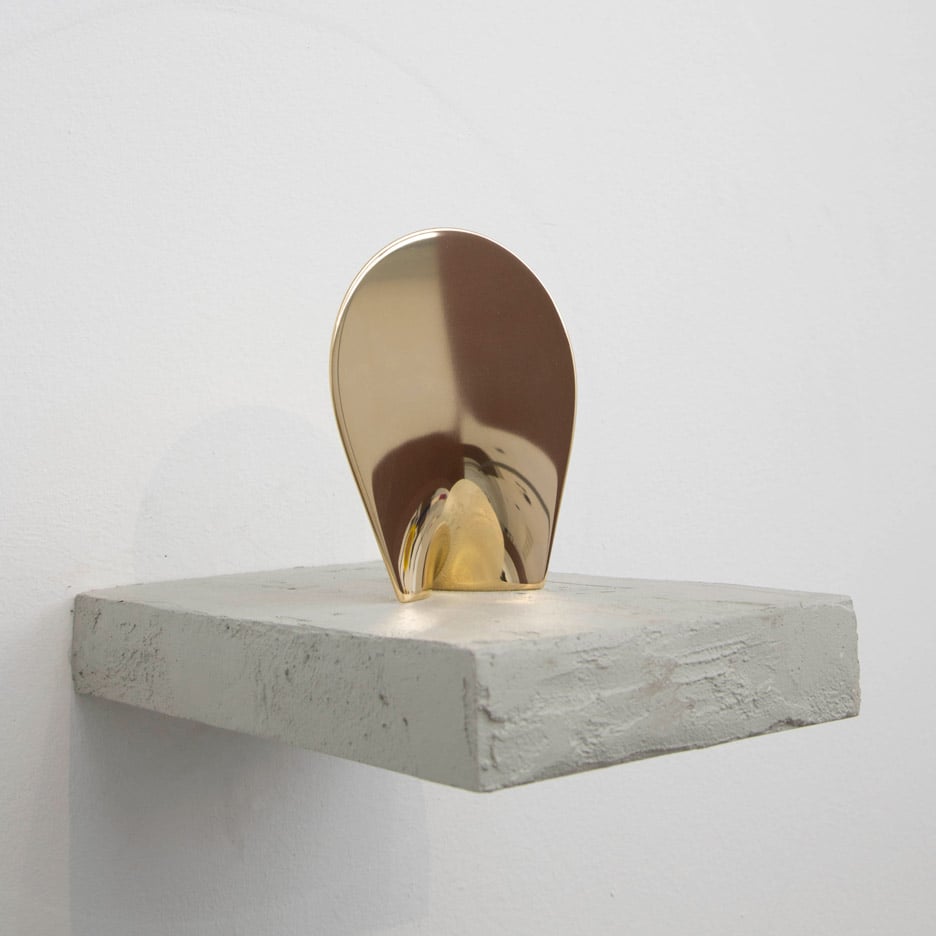
Studio Truly Truly – which previously designed a collection of flexible looped LED lights – looked to the perception of objects, and created a series of ornamental vessels intended to look "ceremonial".
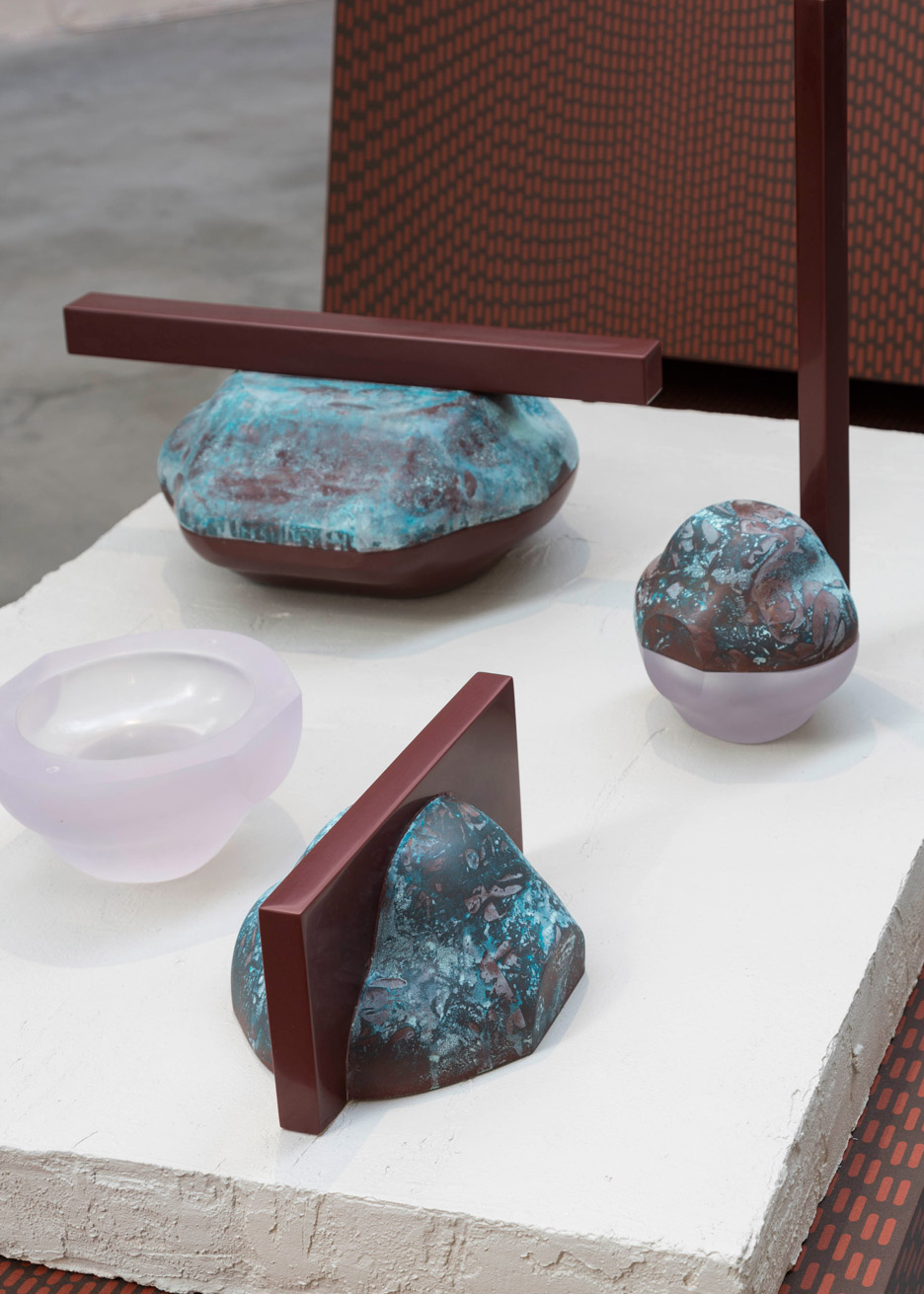
"We are fascinated with how an object is perceived or experienced," the studio said. "Balancing unexpected material combinations, visual detail and ways of use, we force the user to look twice and wonder."
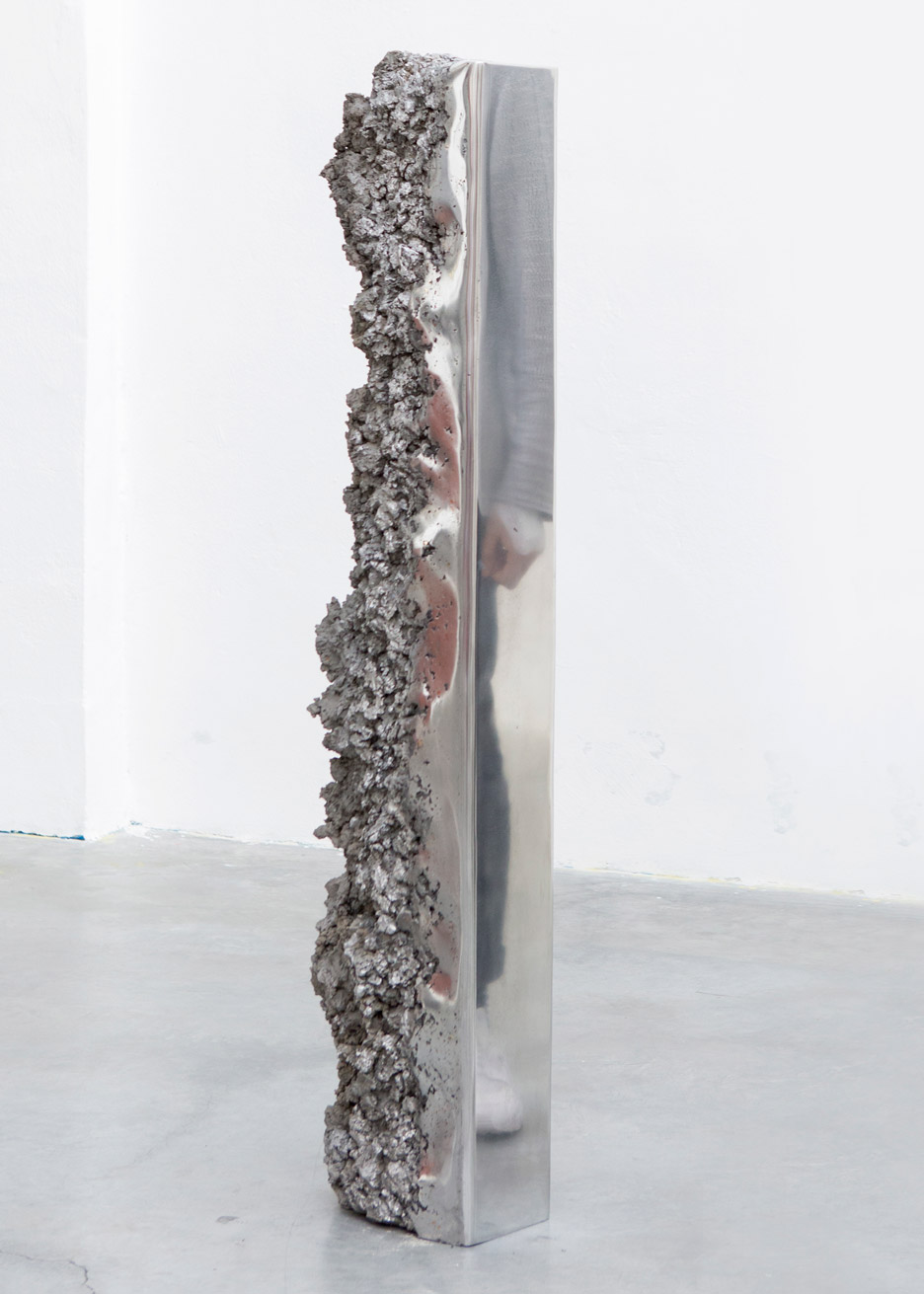
"These objects should give the feeling of ceremonial objects," they added. "Their familiar and unfamiliar nature should create tension and mystery so that you can’t help but wonder and imagine about their purpose or significance."
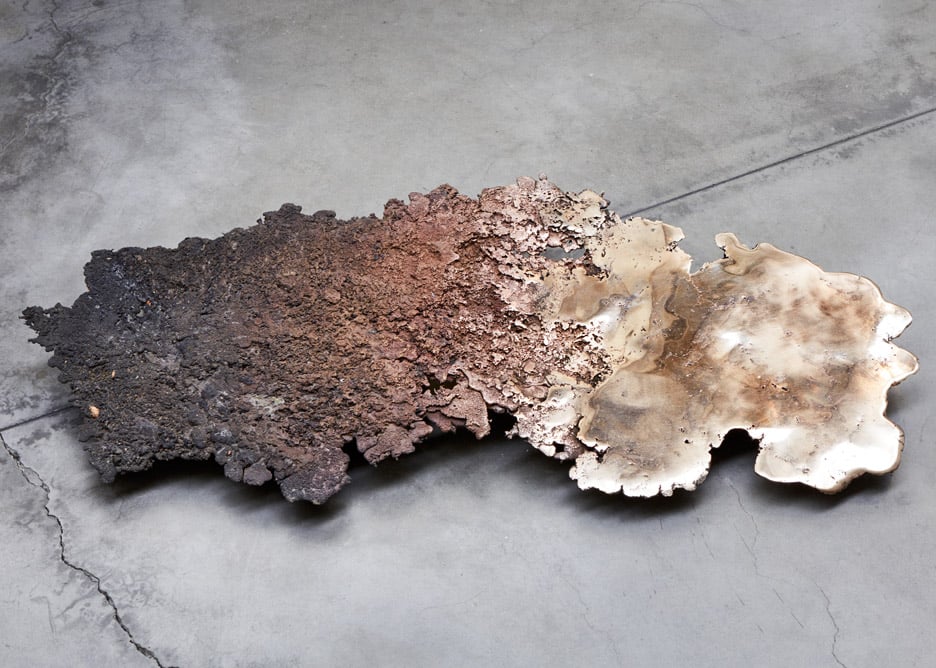
Carlo Lorenzetti also explored this notion of familiarity with a selection of strangely shaped vessels and containers, while Hongjie Yang investigated the convergence of natural and technical processes.
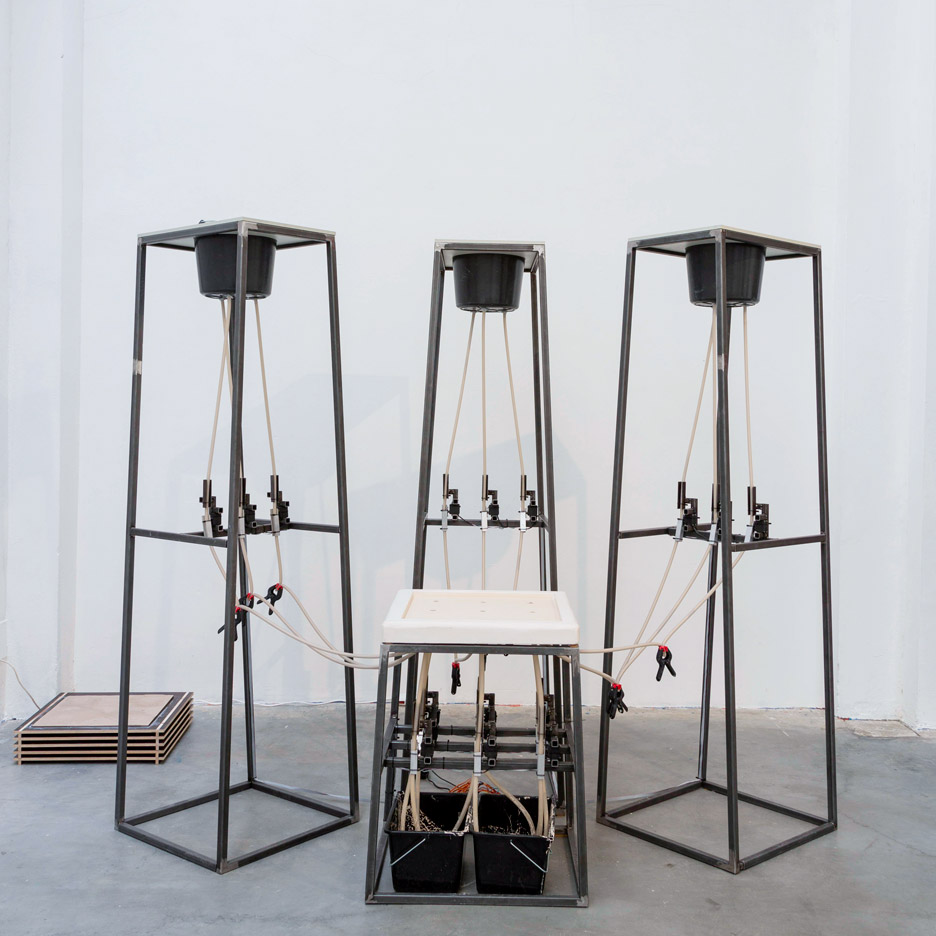
Other objects in the exhibition included pieces based on the creation of the galaxy by Martina Lasinger, and a project by EDHV that investigates the possibilities of merging technology with unpredictable materials.
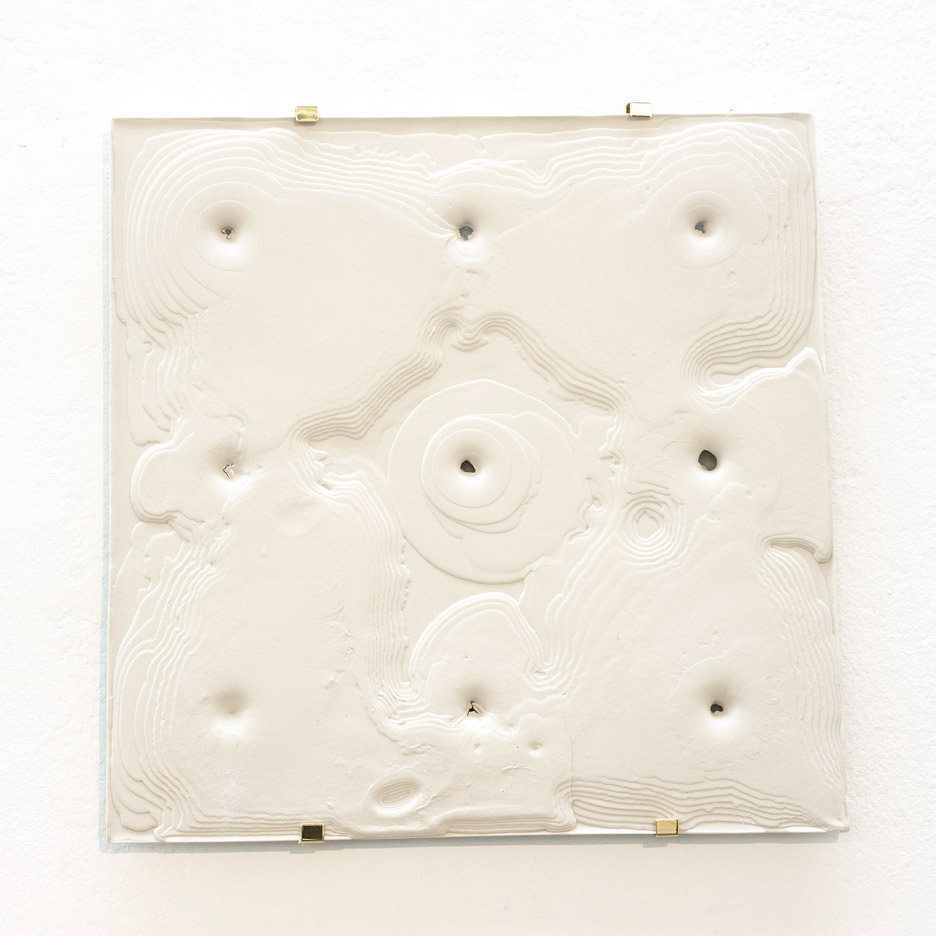
This year's Dutch Invertuals exhibition took place from 12 to 17 April 2016 at the O'gallery space on Via Pastrengo, as part of Milan design week.
Also during the event, a group of Design Academy Eindhoven students similarly explored the topic of the virtual world, and put on an exhibition featuring objects and installations that are all designed to be touched.